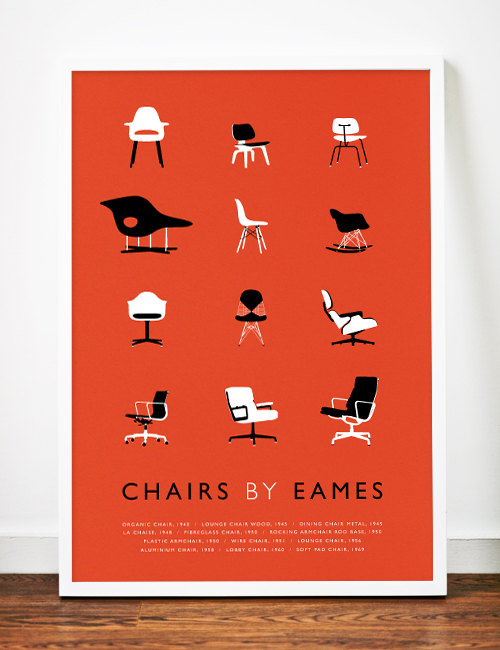Eames — “What is Design?”
Charles Eames said design seeks to arrange elements in a way that best accomplishes a particular purpose. According to Eames, design is best accomplished by first identifying the intersection of the design firm’s goals, client’s and society’s goals and concerns.
To create good design, Eames said he limits his focus to areas of shared interest with the client. This enables him to create impassioned designs. For Eames, some design may be art, although design is not necessarily art. Design is a method of action and provides a solution to a problem.
It is interesting that Eames suggests nothing is entirely new or a work of just one individual. Instead, Eames says it’s a composite of what has gone before and that influence on the designer.
Eames spoke of as something that impacted the spiritual side of mankind, and design as that primarily affecting pleasure. Thus, it’s easy to see how Eames could identify some designs as “art” and others, not so much.
Eames spoke of a tension between client goals and the design firm’s goals. I found this quote impactful: “I have never been forced to accept compromises, but I have willingly accepted constraints.”
Norman Potter — “Is a Designer an Artist?”
Norman Potter calls attention to some differences in art and design. At first glance, I disagreed with Potter’s ultimate conclusion that designers are not artists. However, after reading this selection, I think Potter has a point.
Potter cited differences in artists and designers — primarily in their responsibilities. Designers are responsible to clients and to society. They work mostly for others. Potter said designers have a responsibility to exhaustively examine difficulties and requirements for design.
Potter said artists, on the other hand, are responsible first to their personal vision of the truth.
Potter’s discussion focused primarily on the creators of art and design, and didn’t touch on the area Eames spoke of – where some design may be art. Potter didn’t tangibly identify a spiritual aspect of art, but he did allude to it in his suggestion that artists must be true to their own vision of the truth.
It’s understandable that there is some confusion when considering whether designers are artists. Even Potter identifies “shared visual sensibility” that both use in their work.


You must be logged in to post a comment.